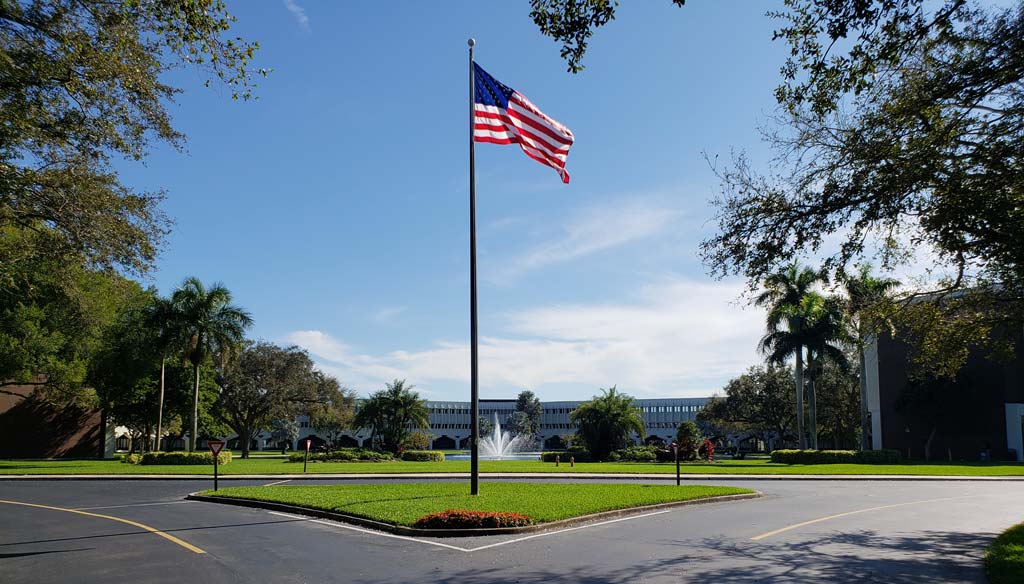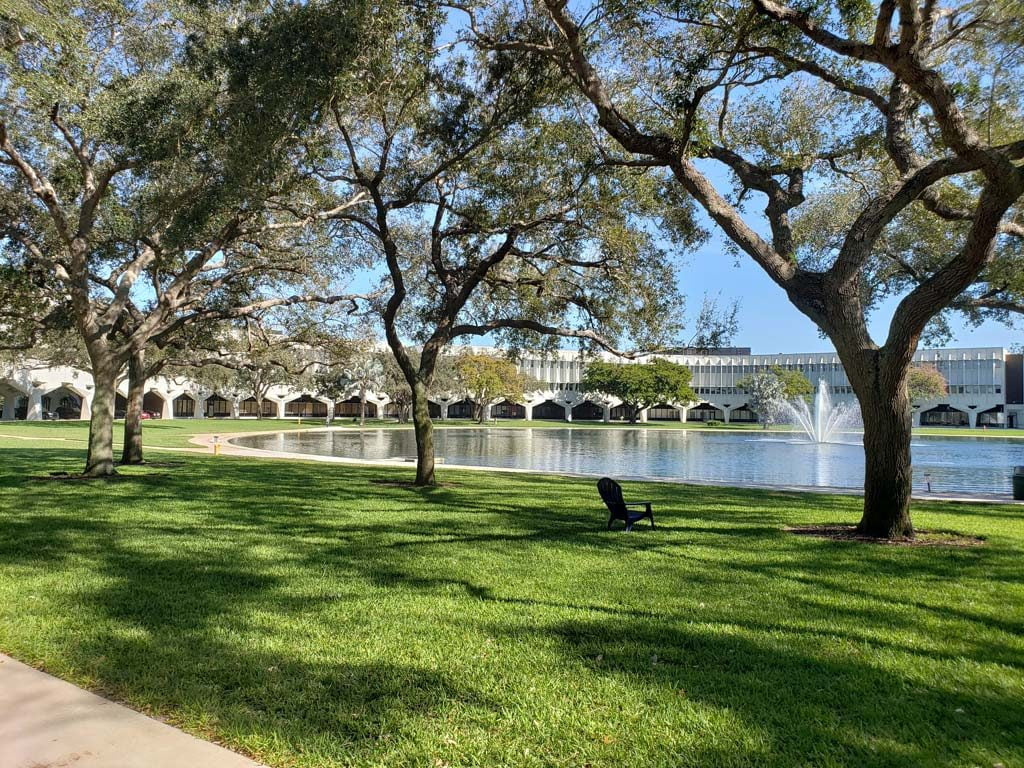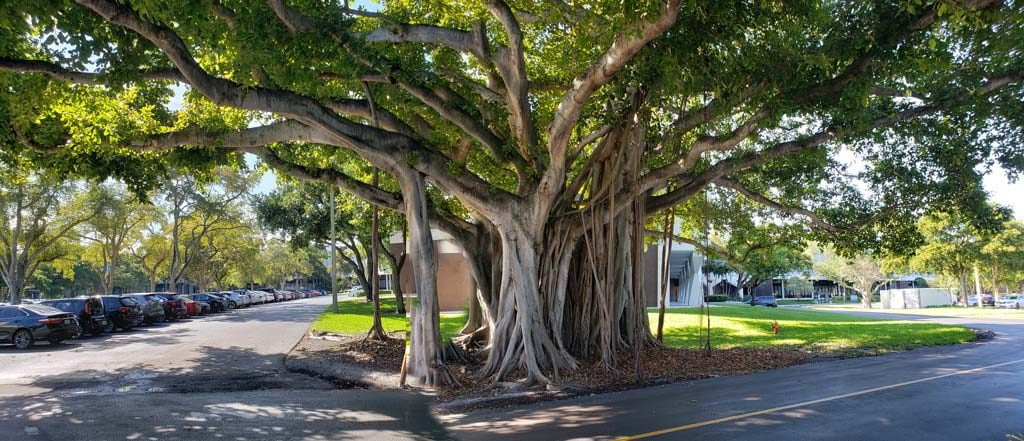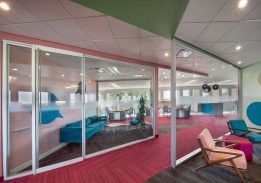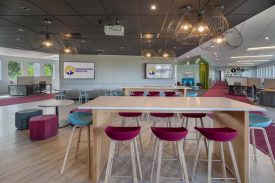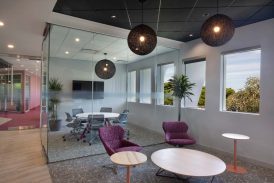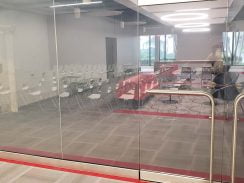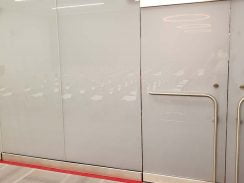Crocker Partners, the developers who built Mizner Park and Boca Center, recently acquired another Boca Raton property, formerly known as T-Rex, the site where IBM developed the first personal computers. Now named the Boca Raton Innovation Campus (BRIC), this historically significant property is unequaled, priceless in more ways than one. But how has the birth place of the PC fared over the decades? What condition is it in today? I wanted to know so I went to the site and asked questions. I learned that Crocker has plans for this property, betting on its best days being ahead.
What Is BRIC and Where Is It?
The BRIC complex is a set of connected office buildings in Boca Raton, Florida. It’s situated south of Yamato Road, north of Spanish River Boulevard, and just west of I-95. It’s immediately surrounded by mostly commercially zoned properties with a few multi-unit residential properties in between. The property is limited to the two connected buildings and doesn’t include the more recently built buildings around it. It’s exclusively the buildings that were built by IBM in the seventies.
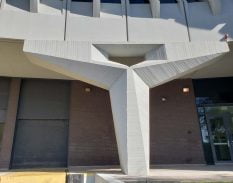
What’s the History Behind BRIC?
The buildings of BRIC stand apart from the more recently built commercial buildings, recognizable as the Brutalist work of architect Marcel Breuer. Although rarely listed as one of his best works, the Boca complex’s unique style followed the design of a sister building in France, also used IBM as a focus for research and technology development. Cast out of concrete, framework of the building is designed to withstand Category 5 hurricanes. It’s signature Y shaped pillars are smaller than the pillars on the building in France, but are bright white whereas the pillars in France are earth colored.
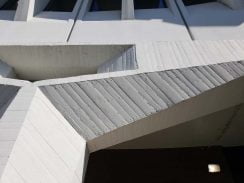
The concrete of the pillars has a texture that’s not recognizable at a distance. Lines are visible on their surface when you examine them closer. Cast into the surface of the pillars by the concrete mold they were poured into, these lines reveal both artistic genius and precise utility. Instead of requiring the pillars to be smooth Breuer designed concrete forms with a unique aesthetic, able to be simply painted over and result in a more striking appearance at a lower cost: brutal in a sense, but revealing the hand of an artisan. You can still see the knots of the boards used in the forms, a suggestion that such stature and imagination above our own Nature is ultimately derived from the Earth and organic beginnings.
Before the land was first developed by IBM, starting in 1966, it was scrub land: palmettos and slash pine. FAU, Florida Atlantic University, had just opened two years earlier in 1964 on the site of the previous, pre-Air Force, Army Air Corps Base. FAU is adjacent to the 550 acres IBM originally purchased. FAU was founded with the goal of stepping outside the conventions of Ivy League academia, to nurture a new kind of intellectual progressivism. There’s little doubt that the FAU being here with that same spirit of challenging convention made IBM choose Boca Raton as location to pioneer new directions and caused our town to be the birthplace of the PC as instead of La Gaude, Poughkeepsie or Fishkill.
IBM was using much more than the BRIC buildings during its peak in Boca Raton, topping off at 3.6 million square feet of office and manufacturing space around 1985. The BRIC buildings were the central core of the 40 building complex. One of the notable buildings that demonstrates the Brutalist style of the rest, separate from the BRIC buildings, is Don Estridge Middle School across from Lynn University. Lynn is a private university, the next largest college within walking distance of BRIC in addition to the state university FAU. There are still people living in Boca Raton today who worked for IBM, in those buildings, and can tell you first hand what technologies were invented and refined there.
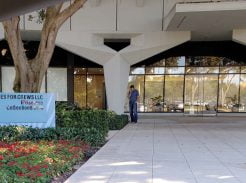
What’s Happening Today with BRIC?
Today the BRIC buildings have 1.7 million square feet of office space, the largest office complex in Florida. It’s larger than Google’s campus. BRIC is so large that part of it is the home to yet another one of Boca Raton’s colleges: Everglades University. BRIC has been chosen by a handful of technology and healthcare companies today, for example Modernizing Medicine, Mobile Help and Cross Country Healthcare.
Here are some pictures that show what it looks like inside a tenant space. Click for larger image.
Is there still space available? Could your company lease space in BRIC? Yes! BRIC currently has 80% occupancy. Visit the BRIC website for details.
During the daytime the parking lots are filled. People take advantage of the wide sidewalks and the shady green places to sit outside. The path around the inside of the BRIC’s Y building rings a circular lake whose edges slope gently like beaches. The people walking around it are clearly taking advantage of the beautiful scenery: the high impact architecture, green lawns, large subtropical trees and a lake in the center.
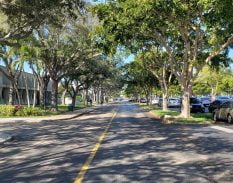
During the evening, it becomes quiet again. If you only drove by its south side on Spanish River Boulevard, and only after work hours, you might even believe that it’s not used at all. During the evening there’s thousands of unused parking spaces, acres and acres of empty space that’s clean, lit, has access to electric and water and can rival other local venues for events. There was a food festival held there very comfortably in the past. As Crocker continues to improve the site it will become even more competitive with other local event spaces, able to accommodate large audiences comfortably indoors.
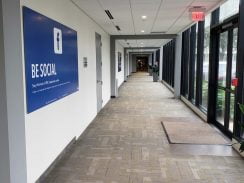
Giana Pacinelli, Crocker’s head of marketing, met me on the North side of the Amenity Corridor, a glassed in hallway. Inside there are conference rooms, a gym, a dining hall and a section that’s in the middle, cleared out, waiting to be turned into something new. Entrance to this area and access to the amenities are restricted by key card. While the rest of the complex has the distinctive Breuer concrete forms dominating and defining their appearance, the Amenity Corridor does not have these elements visible from the north side, and very little recognizable on the south side. The Amenity Corridor’s architecture is rather nondescript by comparison. The north side features floor to ceiling windows whereas the south side has a loading dock to the side and the appearance that construction is underway. Both sides had dozens of people using the entrances in the few minutes that I was standing there taking photos.
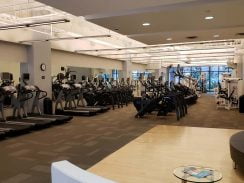
The gym is behind glass doors controlled by key card. The workout equipment, treadmills, universal systems and weights are brand new looking. This section of the corridor, along with the conference rooms, looks complete and perfect – there was no construction visible or any indication it was occurring.
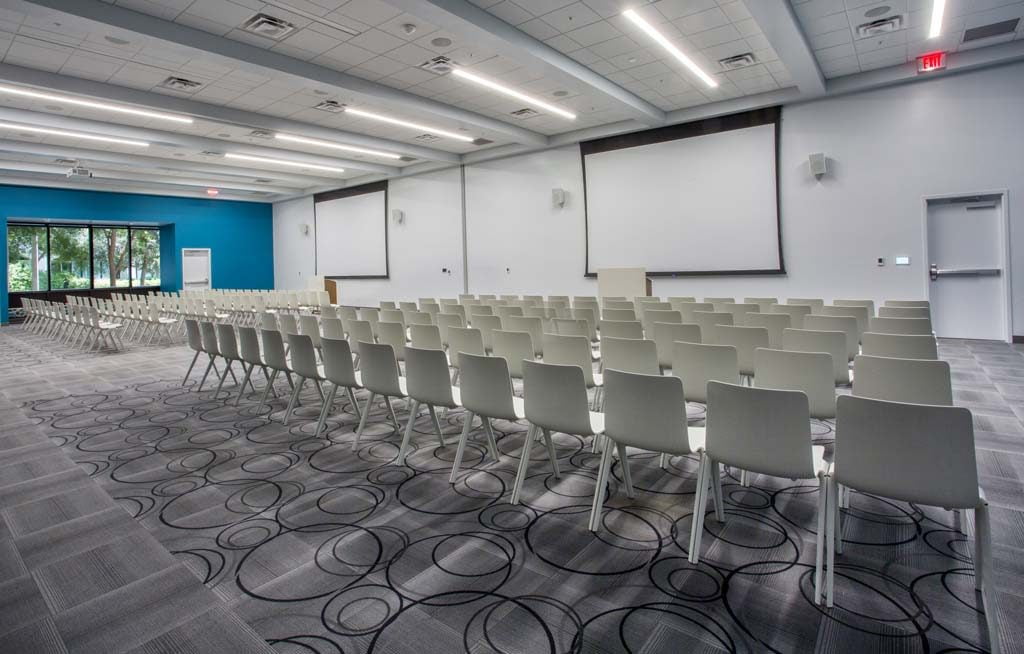
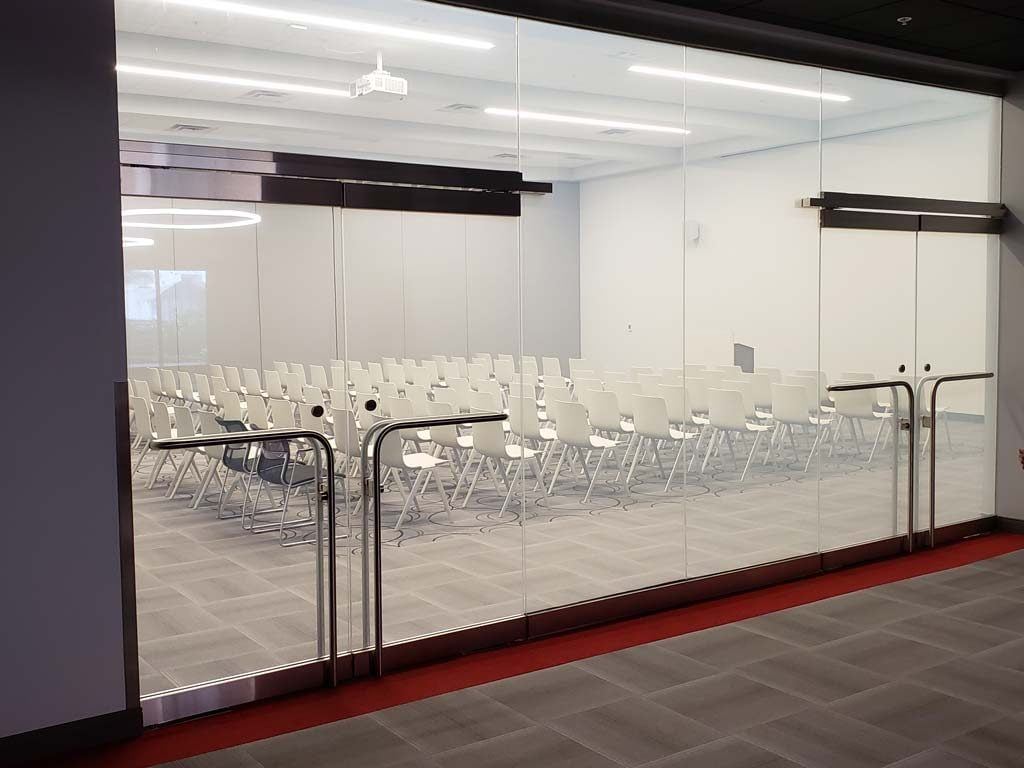
The conference rooms were very impressive. They look ultra clean and modern. Whoever chose the decor, the seats in the conference room and the furniture in the lounge area, did great job of selecting new pieces that matched the style of furniture that Breuer himself designed. It has that funky 70’s feel that might seem out of date somewhere else, but it belongs here like few other places. Tenants are able to rent out the conference rooms for the day or portion of the day. The cost to rent it is shockingly low compared to renting conference or catering space elsewhere in town. There’s a kitchen for food preparation but the room did not smell like it had been used for any events that featured food yet. Nor was it musty like you might expect a 70s setting to be today. It smelled perfectly clean, as clean as the chairs and the walls, antiseptic.
You could film a very convincing sci-fi scene in the room, have normally dressed actors sitting in the chairs and it would still be believable if you said the setting was 100 years into the future. The coolest part of the room was the variably opaque glass wall between the conference room and the lounge area. This gives the room’s users the ability to switch between see-through and non-see-through modes, making the room private with the flick of a switch if so desired.
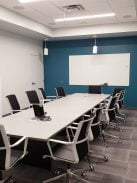
The smaller room rents for less per day, a fully featured, spacious and private conference room, a great way for a team to sequester themselves away from their company’s hubbub without having to disconnect completely.
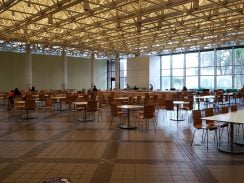
The dining hall is a giant open space, big enough to hold large events in. Off to the side of it is a store/pantry that sells sandwiches and snacks – quick and simple food to cater to the demands of the thousands of people in dozens of companies at BRIC. The dining hall is actually located in the western rectangular shaped building, immediately off the Amenity Corridor. To the west of that is an enclosed atrium space with big trees inside, bigger than the cafeteria, affording the dining hall’s west wall large floor to ceiling windows.
Behind the sealed central doors of the Amenity Corridor is an area all cleaned out, waiting to become something new, something that was represented on blueprints left open on a table near the door.
What’s the Future for BRIC?
I asked Giana some questions what Crocker’s future plans for it are. I had heard that the site was zoned for mixed use, meaning that if the owner wished some of it could be converted to residential use.
Would these buildings be destroyed or modified create residential units?
The thing I was most curious about was whether some of the BRIC’s Y building will be turned into condo spaces or apartments. This wasn’t a rumor or expectation anyone else had informed me about; I just thought it would be really cool to live up in there, to have an apartment looking out over green lawns and trees or one that faces the central fountain.
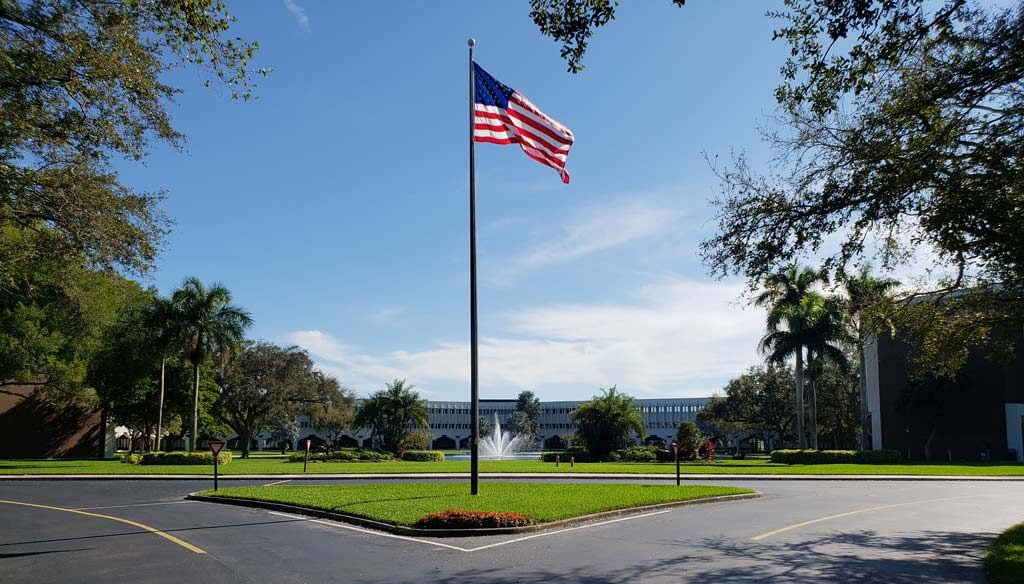
So this was one of the first questions I asked: Will any of it be converted to residential?
Giana said no.
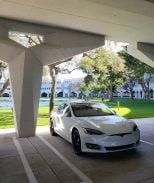
She told me that Crocker has no plans to make any of the acquisition residential. She stated that instead the intent is to continue to improve the space and make it even more attractive to commercial tenants. Their focus for the moment is to keep improving the Amenity Corridor, to make it more attractive to service businesses intended to serve the on-site population of larger businesses and employees. She pointed to the gym and the conference rooms as examples of what adds value for tenants. One of the tenants already adds value for the other tenants: an on-site pre-school, situated just to the south of the Amenity Corridor. It’s a short walk, right now, for anyone who is a tenant on the south side of the complex. However it’s a longer drive for the tenants on the north and west sides. Crocker recognizes the need to improve access.
Giana explained how the Amenity Corridor is going to be improved to create “more of a sense of arrival”. I asked if there were plans to alter anything outside the Amenity Corridor.
Giana said no.
She took me through one the buildings and pointed out how much concrete is there. The walls are thick and dense. It’s a one-of a kind commercial space that would be very difficult to demolish and expensive to dispose of on account of all the solid concrete. With it’s ability to withstand a Cat 5 and the absence of any visible structural degradation, these buildings will be standing as they are now, for as long as they can provide value to businesses who need to lease commercial space. The end of that time doesn’t need to be envisioned yet, so the plan is to keep them being used in the role they were built for, a critical element in preserving this site.
Priceless in Two Ways
I see the location as literally being priceless, but but as a commercially occupied space the tax value of the location has to be reasonably calculated. Crocker paid a finite initial amount to own the site and has costs to maintain it. Those costs and values are real, comparable to other local office space and competitive. However, this site is priceless in two ways.
First is its architectural value. Breuer created a one-of-a-kind masterpiece in architecture in Boca Raton, a work that reveals genius layer after layer. It’s irreplaceable and epic to experience first hand. Breuer is dead now and won’t be creating any more designs. What he left us is all we’ve got that we can say was genuinely his. It might be imitated, but it can never be repeated by the same hand.
The second way that this site is priceless is due to its history. This was the place where the first minicomputers were manufactured for years before IBM’s first PC was engineered here. What made PCs different, apart from Tandy or Commodore Computers, was to employ a modular approach, where third party components could be interchanged. That decision was put into motion here in Boca Raton. There’s no other place in the world that has bluer blood, more of a royal claim to the most important events in our digital heritage.
Biologically this location is where humanity reached an inflection point in our evolution, growing our power to communicate, a location that history will remember as being critical for our species like the coastal shell beds were for early man’s evolution in South Africa. Anthropologically significant, this is where the tools that made it practical for individuals to connect globally and instantaneously by interest emerged, where new behaviors that defined the future were set into motion. For historical reasons this site is priceless and deserves to be preserved, arguably before any other sites in South Florida. Here the world was changed forever.
It was very nice to see how it’s being preserved through being useful, still a valuable resource to our community, being maintained by seasoned developers continuing to re-invest in Boca Raton. It’s a service to history that local businesses choose BRIC to build their futures. If you’re a local and haven’t touched one of the Y pillars then you’re missing out on something special, a place where the present preserves the past faithfully.

